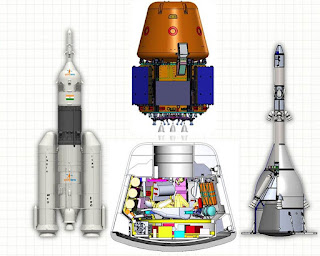Shubhanshu Shukla: India's First Astronaut to Visit the ISS – A Historic Journey to Space

Indian astronaut Shubhanshu Shukla in Axiom Mission 4 Indian astronaut Shubhanshu Shukla in Axiom Mission 4 Introduction: India’s space ambitions have been progressing steadily, but the journey of Group Captain Shubhanshu Shukla marks an important milestone for the country’s space exploration dreams. On May 29, 2025, Shubhanshu Shukla will become the first Indian astronaut to visit the International Space Station (ISS) since Rakesh Sharma’s historic flight in 1984. His flight is part of the Axiom Mission 4 (Ax-4), a significant international space mission involving ISRO, NASA, and Axiom Space. Early Life and Education of Shubhanshu Shukla Indian astronaut Shubhanshu Shukla in Axiom Mission 4 Born in Lucknow, Uttar Pradesh on October 10, 1985, Shubhanshu Shukla’s journey to space began with a strong passion for aviation and science. After completing his schooling at City Montessori School, Lucknow, he pursued his studies at the National Defence Academy (NDA) in Pune, where he studi...




